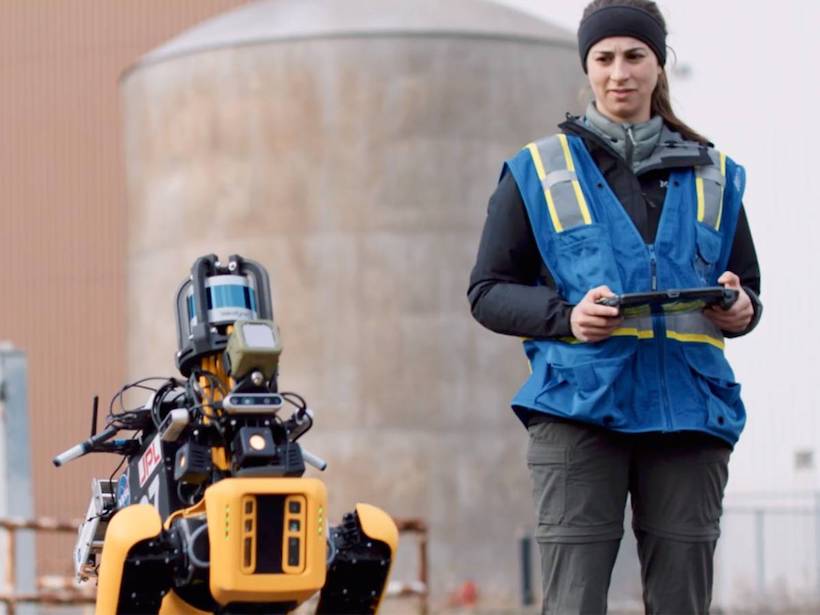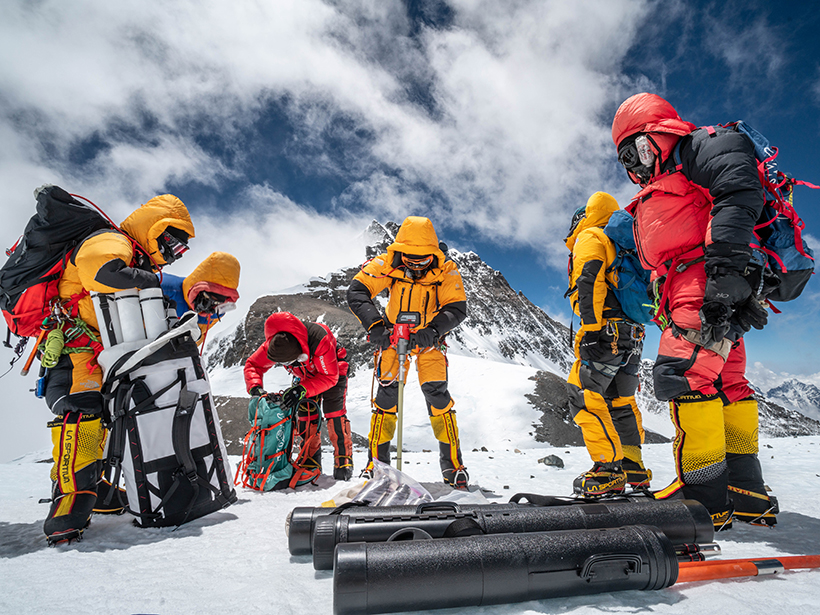Four-legged, autonomous robots known as “Mars Dogs” will explore previously inaccessible caves to look for signs of life and potential locations for future human colonies.
cool tools
Keeping a Close Eye on the Ocean—from Afar
Remote sensing technology proves effective in monitoring key regions of the world’s oceans, where upwelling and other essential ecosystem services occur.
An Ice Core from the Roof of the World
An innovative National Geographic expedition collected the world’s highest ice core from Mount Everest.
Saving Lives by Predicting Dust Storms
In the southwestern United States, dust storms form suddenly, quickly reducing visibility to zero. A new warning system may allow motorists to avoid these deadly hazards.
Beast of the Central Arctic
Feast your eyes on Beast, the first remotely operated vehicle to brave the Arctic for 1 year.
An Ice Probe on Earth Could Help Us Find Life in Space
An instrument called WATSON can help find biosignatures on icy ocean worlds.
Measuring Massive Magnetic Meteorites
A new tool to measure the magnetic signatures of big meteorites could not only aid NASA’s mission to Psyche; it could also help solve mysteries about how magnetic fields formed in our early solar system.
Caption This! Best Practices for Live Captioning Presentations
We demonstrate the effectiveness of straightforward strategies using widely available auto-captioning tools to greatly improve accessibility of jargon-rich content.
Opportunities and Challenges of Virtual Meetings
Ever since the COVID-19 pandemic imposed on us a virtual existence, conference attendees and organizers have been living out an experiment that will change how scientists gather in the future.
Tackling 21st Century Geoscience Problems with Machine Learning
A new cross-journal special collection invites contributions on how machine learning can be used for solid Earth observation, modeling and understanding.










